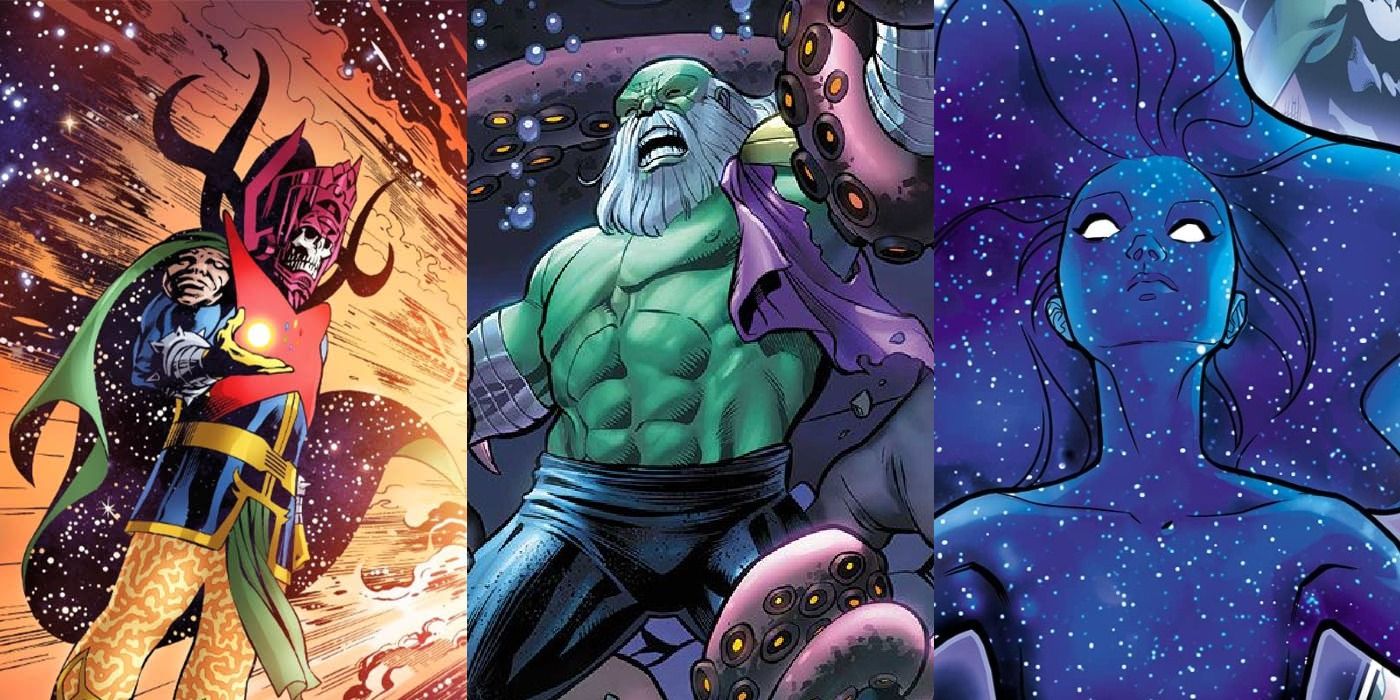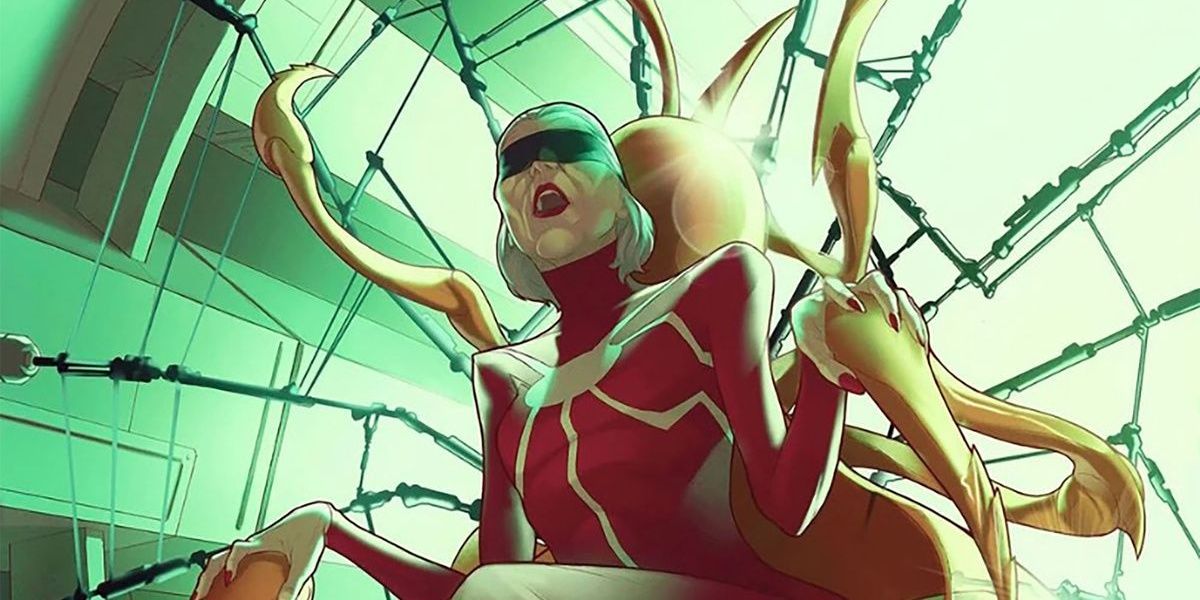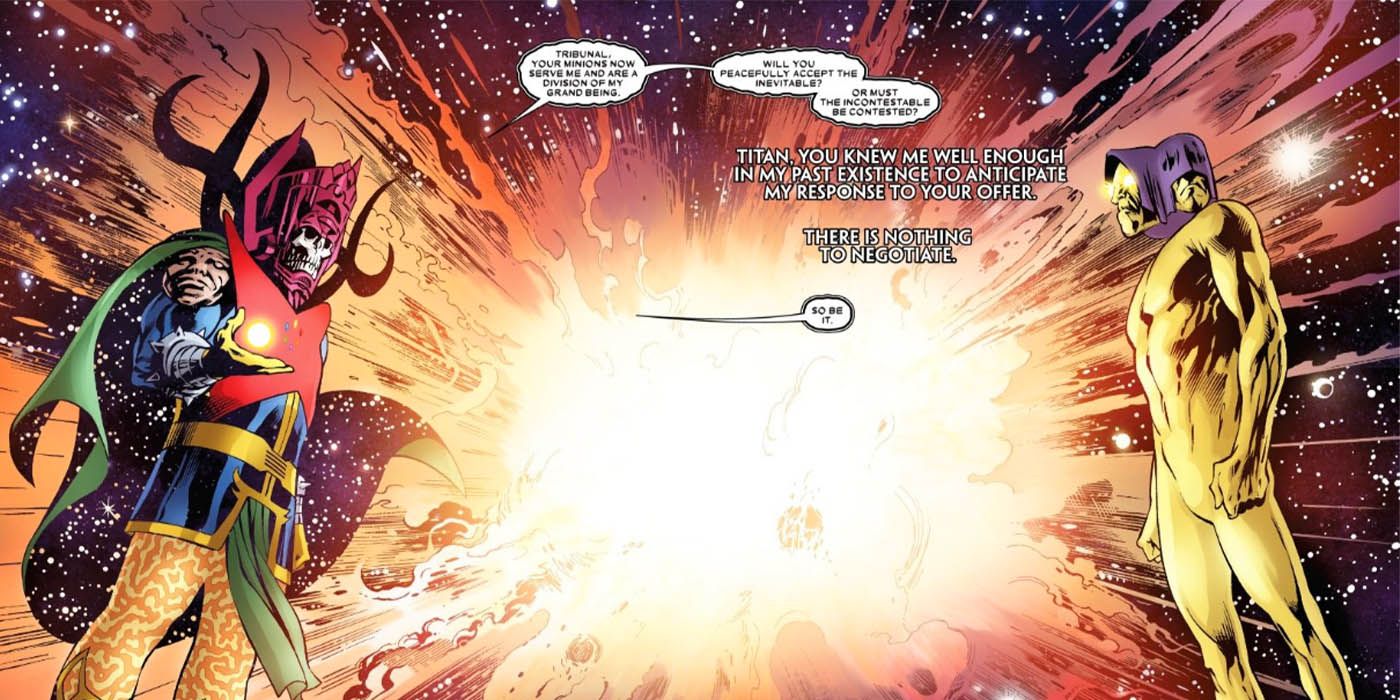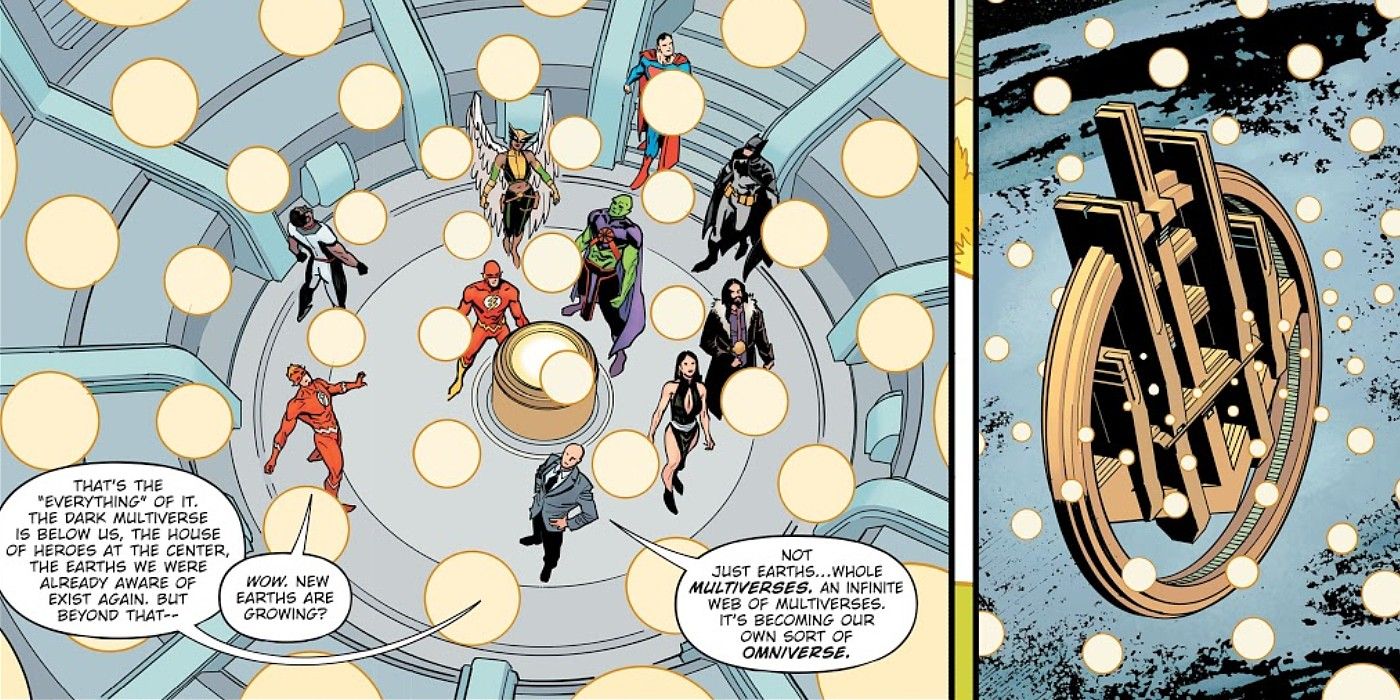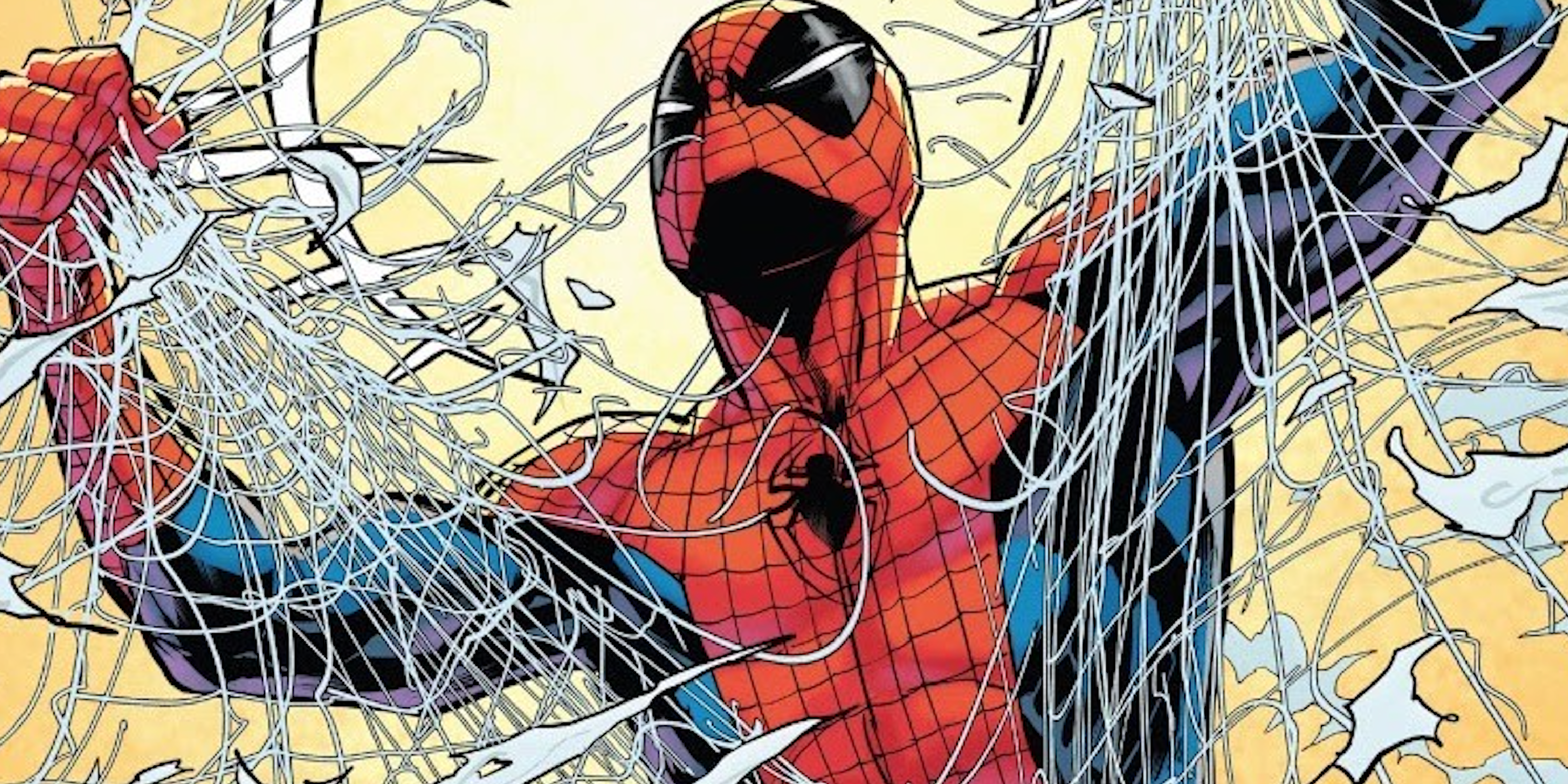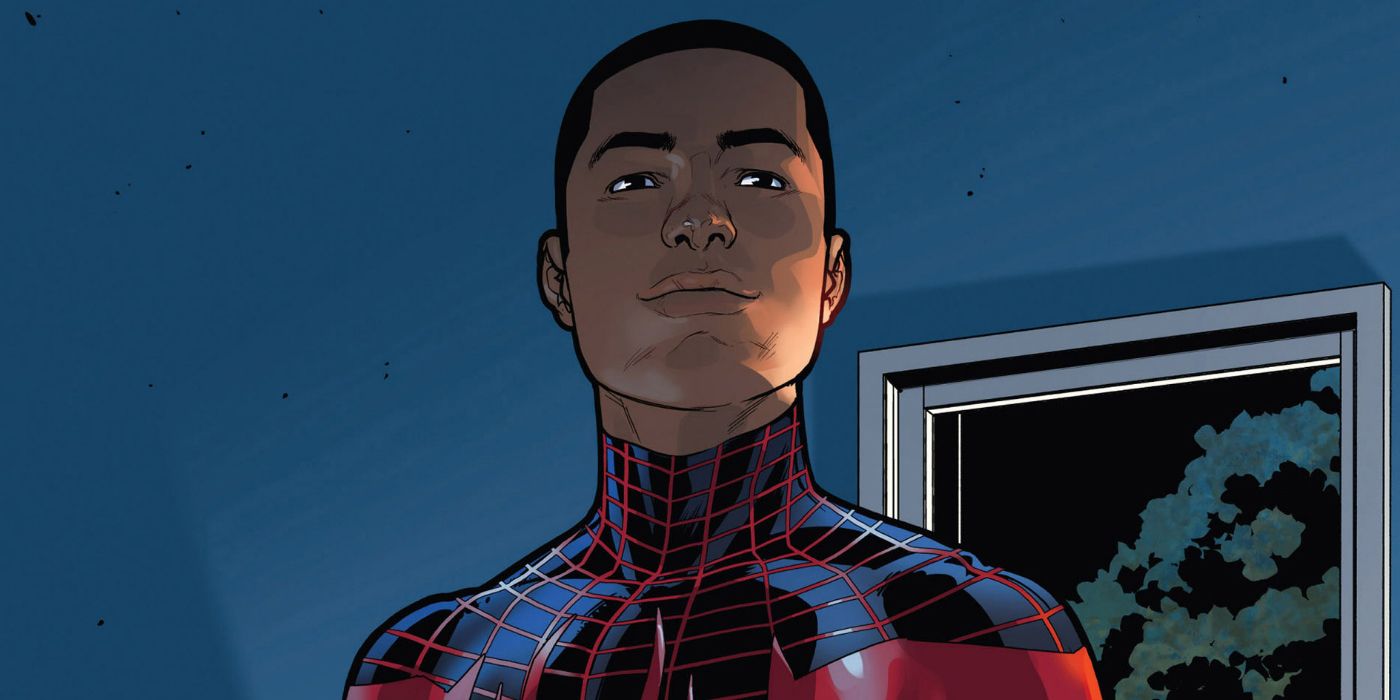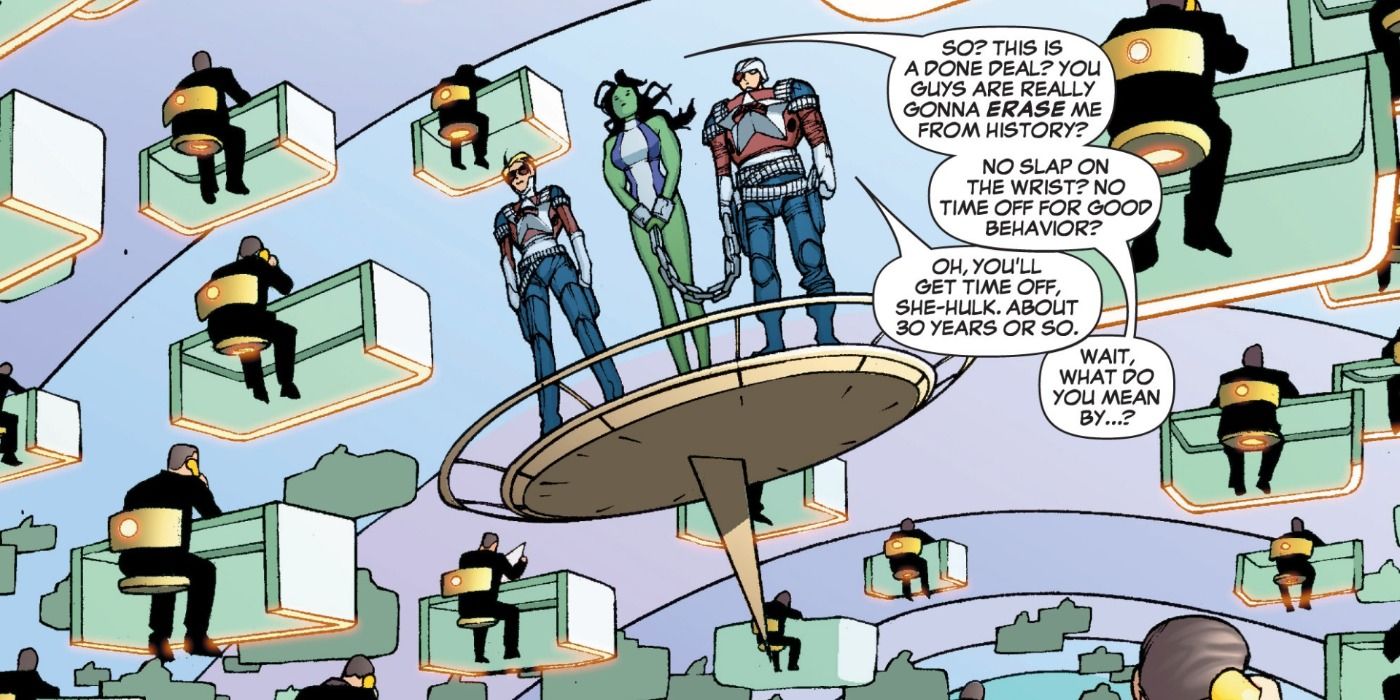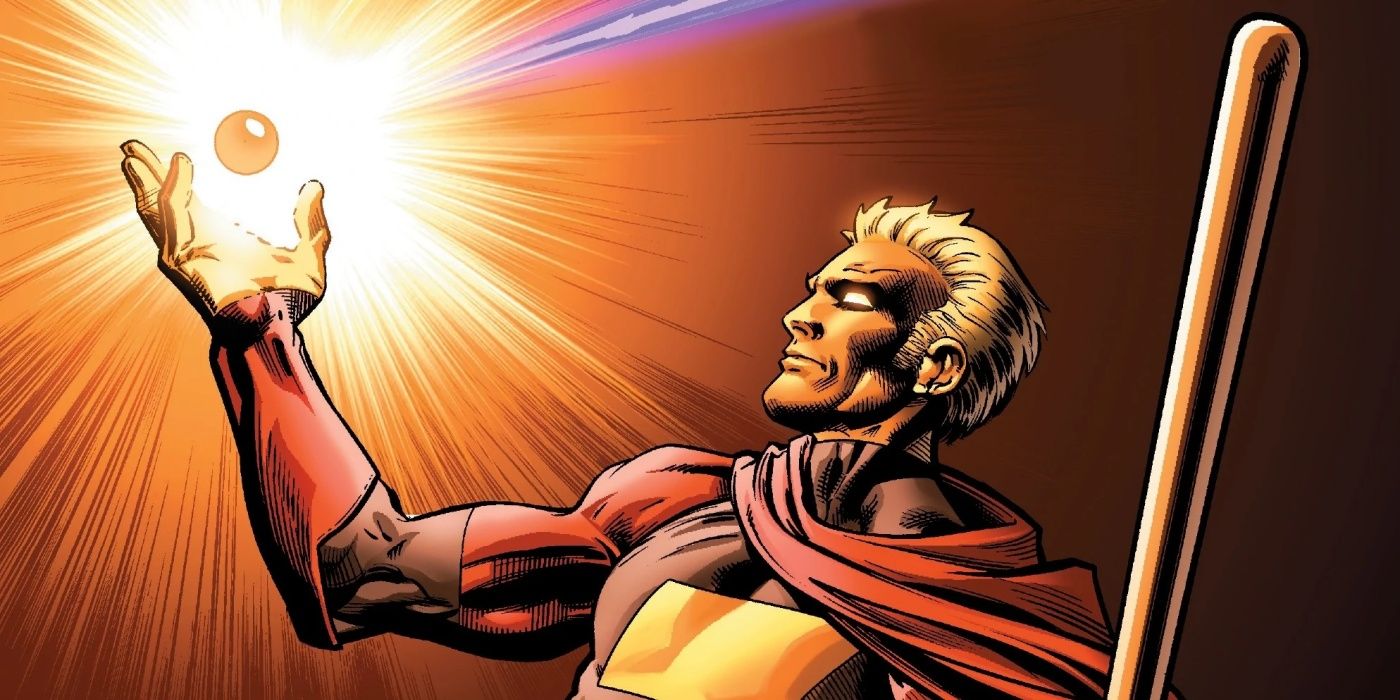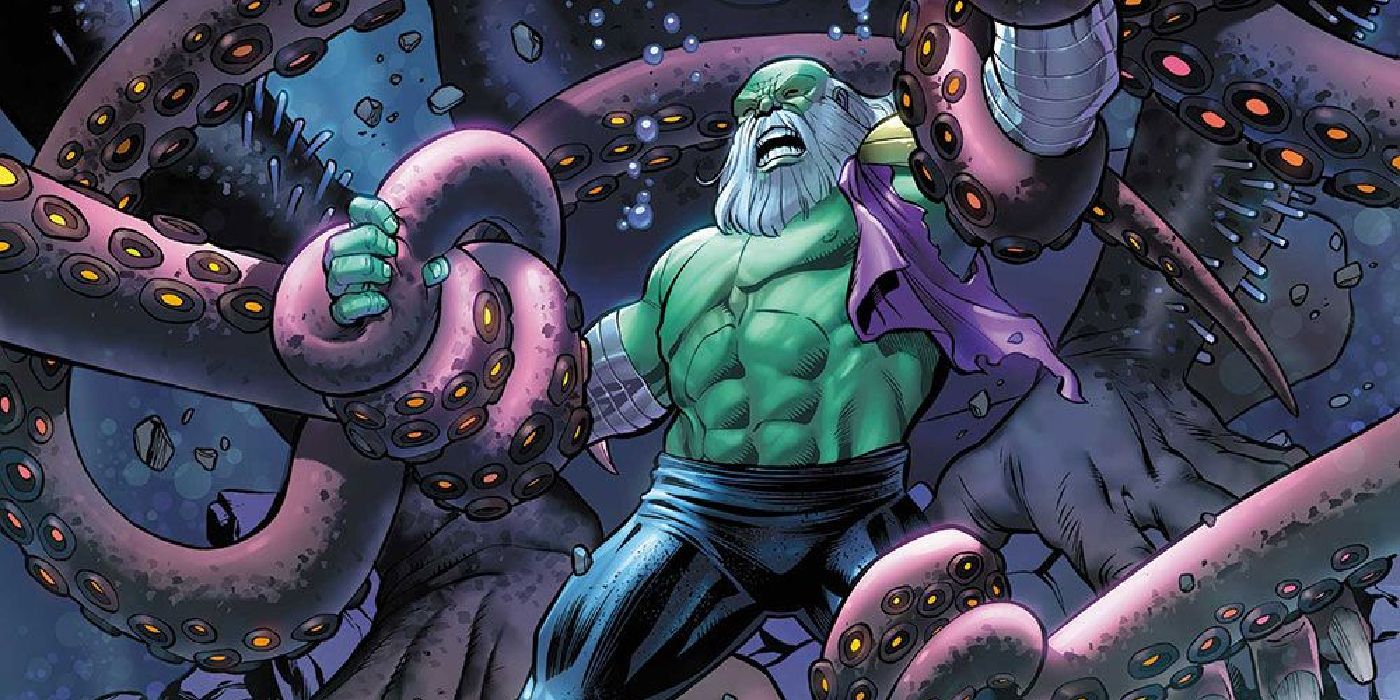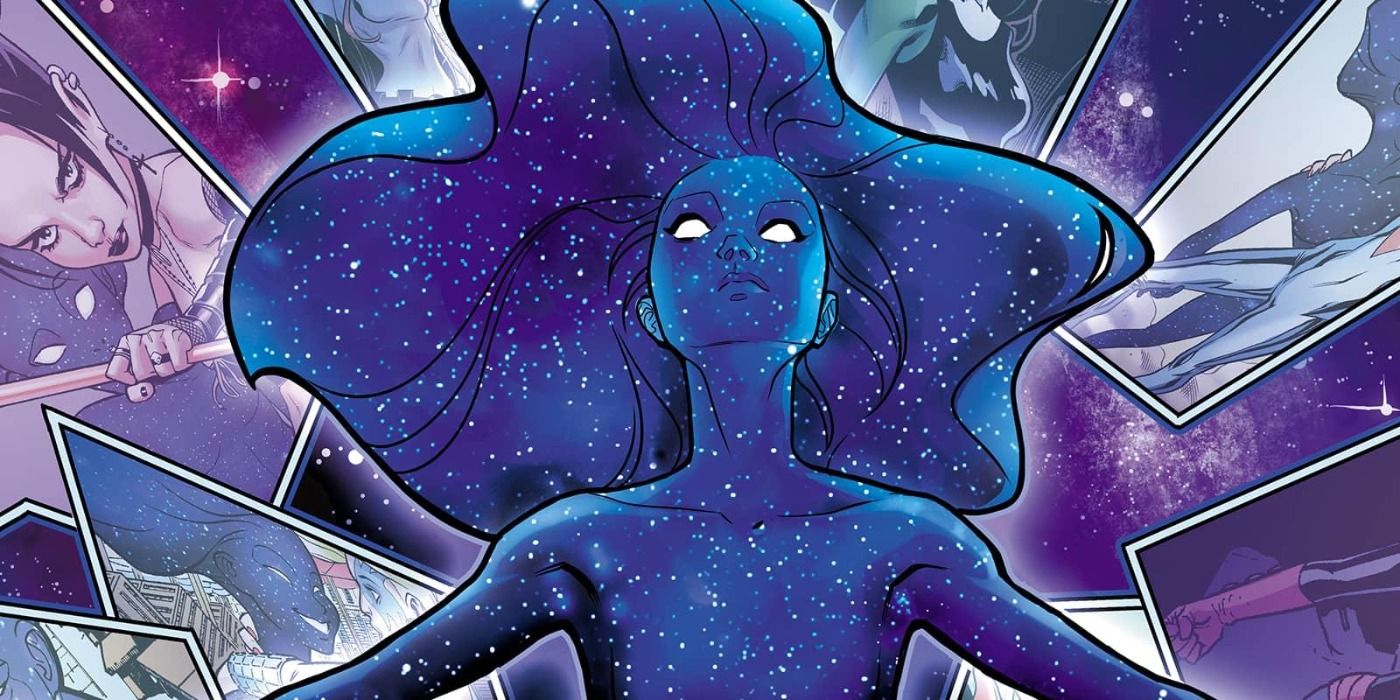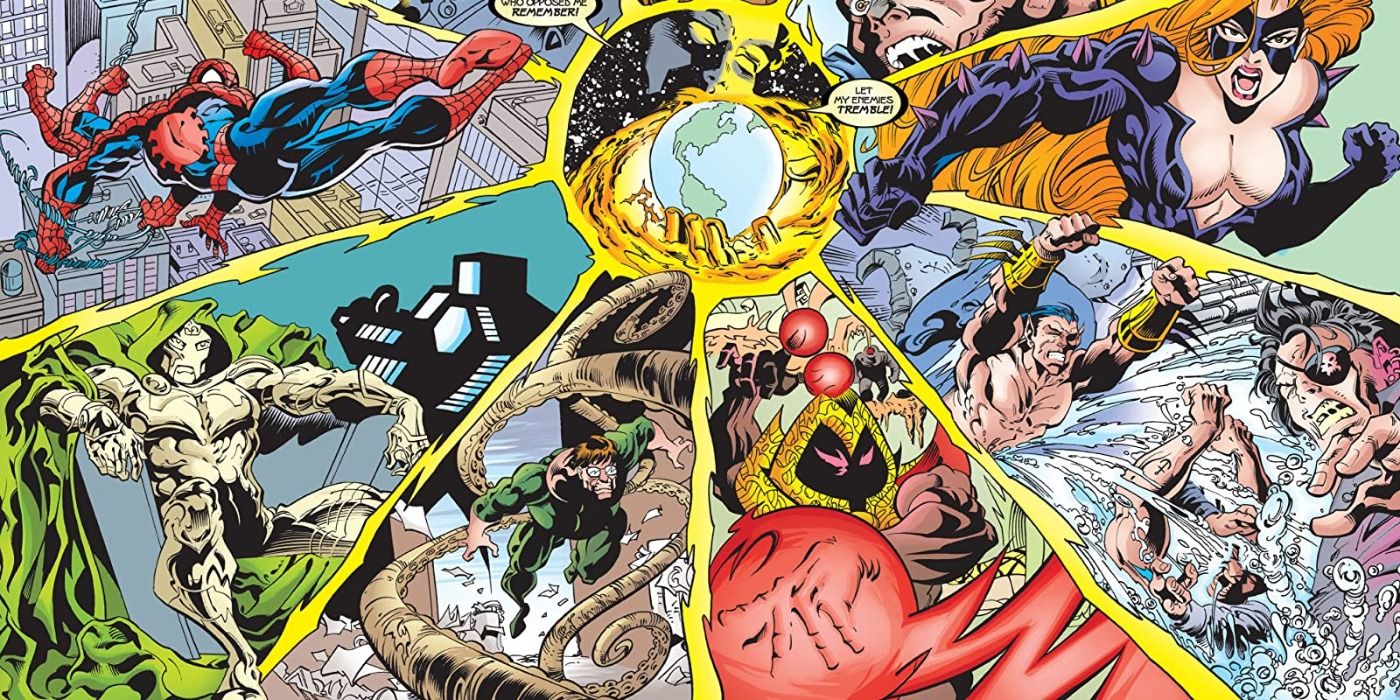The Marvel Multiverse in the comics is starting to heavily influence the wider Marvel Cinematic Universe. However, there are a number of elements to this cosmic construction that don't make a lot of sense. Messing with reality can be a difficult business and it's not surprising that inconsistencies arise.
Whether it's the larger power overseeing all of these events, how the different worlds interact with one another, how characters come to exist in the first place, or the role the Multiverse plays in conjunction with Earth's mightiest heroes, these potential flaws in logic will hopefully be patched up and ready for the big screen.
The Difference Between The Multiverse And The Spider-Verse
The Spider-Verse and the Multiverse are two ways of referring to the same thing. Yet it becomes quite confusing when breaking down the true definition of each. It appears that the Spider-Verse is actually a Spider-Man-centric iteration of the Multiverse, often overseen by Madame Web.
The implication is that the Spider-Verse is almost like a separate entity with its own rules and lore. Yet, the variants across this version of the Multiverse must also surely answer to the same cosmic powers, such as the TVA. The Ultimate universe, after all, falls in both the Multiverse and Spider-Verse. The true difference between the two remains confusing, and while there are plenty of answers to the question, not all of them line up.
There Are So Many Cosmic Powers
There's supposedly a cosmic hierarchy to how the Multiverse is controlled. The Living Tribunal is at the top of the totem, while the likes of Eternity and Infinity are just below, before eventually reaching the Gods of Earth and other galactic powers.
But with the TVA, Time-Keepers, One Above All, and even Kang interfering with the Multiverse, the true leadership of things doesn't quite work out how it has been described. Considering the Celestials also cause havoc and there are ancient Gods before the Multiverse existed, who is really in charge doesn't actually make sense. It certainly isn't The Living Tribunal as described.
The Omniverse's Existence
The Omniverse exists far beyond the Multiverse, bringing in the universes that feature other famous properties. The likes of the DC Multiverse are therefore within the Omniverse, but it's confusing how reality would actually be able to tell between these worlds.
The cosmos doesn't know the difference between different cinematic franchises, so why would Batman's Earth-1 not find itself within the regular Multiverse for instance? It ultimately doesn't actually make a lot of sense in regards to Omniverse organization.
Characters Look The Same And Different
The way the universe actually functions is slightly confusing. Sometimes, powerful variants like Thanos will look identical in every reality. Whereas other times, Peter Parker might look completely different, despite having the exact same story and origin.
The way of explaining this might be because of different actors on the big screen or different art styles on the page. But in the context of the MCU for instance, why would Dark Doctor Strange still be Benedict Cumberbatch, while Peter Parker could be Tom Holland and Andrew Garfield? How are these shifts actually decided?
The Universal Hierarchy
Some universes are actually deemed to be far more important than others. Earth-616 for instance is the focus of plenty of narratives and has been seen as one of the most vital realities in the whole of the Multiverse. It's never very clear why though.
The same could be said for the Ultimate universe which was also supposedly of vital integrity to the stability of space and time. If there is a hierarchy to the importance of various universes then what is it and how is it actually decided upon?
Tampering With The Timeline
The timeline can supposedly be tampered with somewhat, but it's confusing how that actually affects a reality. In some cases, changes in the past will affect the future of the exact same universe. Time travel is therefore a dangerous pastime to get involved with.
In other instances though, changing the past of a timeline will actually create an alternative reality. The future is therefore still intact, but a new part of the Multiverse is born. It has never been rectified as to which version of events unfolds within a specific set of conditions; it appears to be whichever is the most convenient for the writer.
Destroying Specific Universes
Some universes are vitally important to the Multiverse in general, but others have been destroyed without any concern. It's unclear how reality comes to decide which of its many worlds are ok to get rid of, and which ones are integral to the makeup of everything.
Earth-616 is one such universe that has been protected by numerous cosmic beings. Yet, there are those worlds that were destroyed alongside the rest of the universe. Once again the Ultimate realm is one such example. With more and more getting destroyed, surely the cosmic makeup of existence itself could become unstable! Or is it actually ok to wreck most universes? If so, why have there been so many attempts to stop such destruction?
Time Passes Differently In Each World
The laws of time are completely different as well depending on the world. For instance, in some places, it's actually treated as if it's the far future of the Earth that everyone is familiar with. That isn't to say though that it doesn't have a timeline of its own, or is even a reality that was forged by the changing of a timeline.
Time really doesn't make much sense in the context of the Multiverse. The likes of the Time-Keepers and TVA don't even see time as a linear motion, but instead as a much larger and more complex wave of reality. How a mere mortal is supposed to navigate the existence of time within the Multiverse and understand where exactly they fall within that existence is anyone's guess.
Where The Multiverse Lives
Where does the Multiverse actually exist? It's clear it's part of the Omniverse, but in the makeup of all of reality, it's unclear how these things actually interact. The likes of the One Above All seem to sit in a different dimension entirely, watching over the Multiverse.
Is there a Multiverse of Omniverses therefore, all of which exist in their own dimensions? Or is all of existence boiled down to this web of worlds, each of which has a slightly more linear path to the next. It's a confusing concept to really get the head around; even Earth itself is said to be in its own universe which is expanding, but what does it expand into? Perhaps that answer would apply to the Multiverse.
Mortals Making Reality
In some instances, mere mortals actually make their own realities. Within the context of the MCU, this has even happened, with the likes of the creation of the Framework, which is a reality unto itself. Whenever these new worlds are created though, do they enter the Multiverse?
Or are they simply facets of one universe, living solely within that world, rather than existing as its own part of the Multiverse itself? It's never been totally clear and doesn't make much sense considering throughout the comics the Avengers have hopped through realities created by mankind that are both within and out of the Multiverse.

